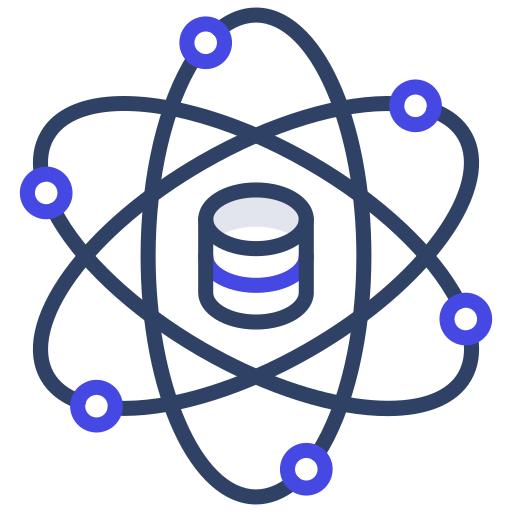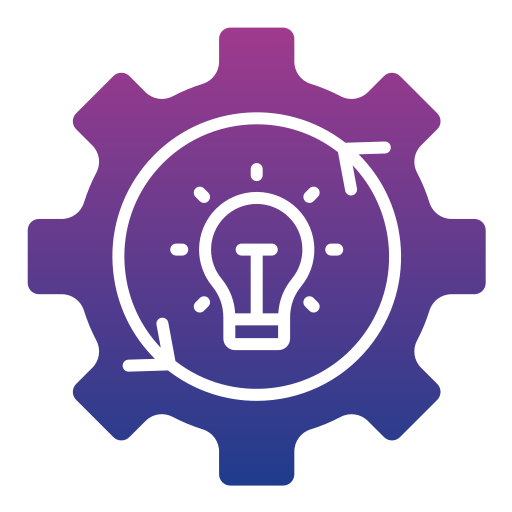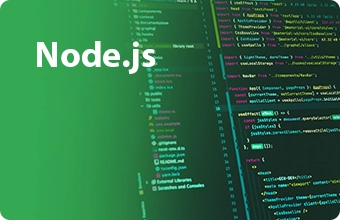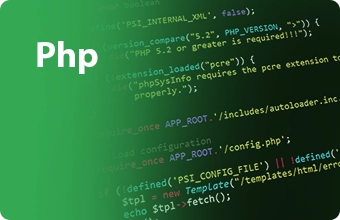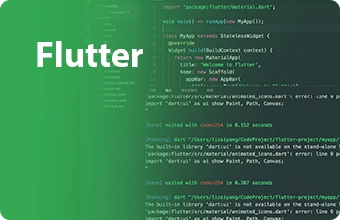Angular
Angular is a popular open-source web application framework maintained by Google and a community of developers. It is written in TypeScript and is widely used for building dynamic, single-page web applications (SPAs).

Enhance your web development expertise with our Expert Angular Full Stack Development course. Furthermore, this program is carefully crafted to provide you with the knowledge and hands-on experience needed to excel in building full-stack web applications using Angular. In addition, join our Angular JS training in Trivandrum and gain the skills to build real-world applications from the ground up. Moreover, this course will equip you with the confidence and proficiency to tackle complex web development challenges and create dynamic, user-friendly web applications. In essence, by enrolling in this program, you are taking a significant step towards becoming a sought-after full-stack developer.
Angular is widely adopted in the development community for building modern, responsive, and scalable web applications. It’s important to note that there are different versions of Angular (e.g., AngularJS, Angular 2+, etc.), and each version has its features and conventions.
Here are some key points about Angular:
- TypeScript:
- Angular is built with TypeScript, which is a superset of JavaScript. TypeScript adds static typing to JavaScript, making it more scalable and maintainable for large projects.
- Modular Architecture:
- Angular applications are organize into modules, which are sets of cohesive components, services, and other code that work together. This modular architecture helps in organizing and scaling the application.
- Components:
- Components are the building blocks of Angular applications. They encapsulate the application’s functionality and UI, and they can be reuse throughout the application.
- Directives:
- Angular provides directives to extend HTML with new attributes and behavior. Directives such as ngFor and ngIf are commonly used to manipulate the DOM based on data in the application.
- Services:
- Services encapsulate business logic, data manipulation, and communication with external services. Furthermore, they promote reusability and maintainability by providing a way to share functionality across components. In essence, services act as a central hub for handling core application operations, thus making the codebase more organized and easier to manage. Moreover, by separating concerns and promoting modularity, services contribute to cleaner and more scalable Angular applications.
- Dependency Injection:
- Angular uses dependency injection to manage the components’ dependencies. This makes components more modular, testable, and easier to maintain.
- Two-Way Data Binding:
- Angular supports two-way data binding, meaning changes in the user interface automatically update the application state, and vice versa. Consequently, this simplifies the synchronization of the model and the view. Furthermore, two-way data binding reduces the amount of boilerplate code required to keep the UI and the underlying data in sync. In essence, it streamlines development and allows developers to focus on building the core functionality of their applications. Ultimately, this feature contributes to Angular’s reputation as a powerful and efficient framework for building dynamic web applications.
- Routing:
- Angular includes a powerful routing system that enables the creation of single-page applications with multiple views. The Angular Router helps manage navigation within the application.
- Forms:
- Angular provides a robust set of tools for working with forms. Reactive Forms and Template-Driven Forms are two approaches for handling user input and form validation.
- Observables:
- Angular leverages Observables from the RxJS library to handle asynchronous operations, such as HTTP requests. Observables provide a convenient way to work with asynchronous data streams.
- Testing:
- Angular is design with testability in mind. It comes with built-in support for testing using tools like Jasmine and Karma. This makes writing unit tests for components, services, and other parts of an Angular application easier.
- CLI (Command Line Interface):
- The Angular CLI provides a set of commands for creating, building, testing, and deploying Angular applications. It streamlines the development process and helps manage the project structure.
We provide exciting internship opportunities for participants in our Angular Full Stack Development course. Furthermore, these internships allow you to gain practical experience in a professional environment, where you can apply your Angular skills to real-world projects. In addition, join the Best Angular training & course center | Kerala | Trivandrum at Logiprompt Academy to acquire valuable industry knowledge and receive guidance from seasoned developers.
Moreover, through these internships, you will enhance your resume, network with industry professionals, and gain valuable insights into the software development industry. Angular JS training in Trivandrum Ultimately, this experience can significantly boost your career prospects and open doors to exciting job opportunities in the field of Angular development. You’ll also learn important workplace skills, such as effective communication, collaboration, and professional conduct, preparing you for a successful career in the web development industry.
1. Introduction to Web Development and Angular (24 hours)
- Basics of HTML, CSS, and JavaScript
- Overview of Angular Framework
- Setting up the development environment
2. Angular Architecture and Components (32 hours)
- Understanding Angular modules and components
- Component lifecycle and hooks
- Data binding and interpolation
3. Directives and Pipes (24 hours)
- Using built-in directives
- Creating custom directives
- Understanding and creating custom pipes
4. Services and Dependency Injection (24 hours)
- Creating and using Angular services
- Understanding dependency injection
- Injectable services and providers
5. Forms in Angular (32 hours)
- Template-driven forms
- Reactive forms and form validation
- Handling form submissions
6. Routing in Angular (24 hours)
- Configuring Angular routing
- Route guards and navigation
- Lazy loading modules
7. HTTP Client and Observables (24 hours)
- Making HTTP requests
- Handling Responses with Observables
- Error handling and asynchronous programming
8. Testing in Angular (24 hours)
- Unit testing with Jasmine and Karma
- E2E testing with Protractor
- Writing testable Angular code
9. State Management with NgRx (32 hours)
- Introduction to NgRx and Redux pattern
- Actions, reducers, and selectors
- NgRx effects and asynchronous state management
10. Angular CLI and Build Optimization (16 hours)
- Using Angular CLI for project scaffolding
- Build optimization techniques
- Deployment strategies
11. Advanced Angular Features (40 hours)
- Animations in Angular
- Internationalization (i18n)
- Progressive Web App (PWA) features
- Server-Side Rendering (SSR)
12. Angular and Backend Integration (24 hours)
- Integrating Angular with backend services
- Authentication and authorization
- Handling security concerns
13. Angular Best Practices and Code Optimization (16 hours)
- Code structure and organization
- Performance optimization tips
- Accessibility considerations
14. Project Work and Real-world Applications (70 hours)
- Applying knowledge to real-world projects
- Building a complete Angular application
- Continuous integration and deployment practices
15. Exploring Angular Ecosystem (16 hours)
- Angular Material for UI components
- Third-party libraries and modules
- Staying updated with Angular releases
You May Like
Our thoughtfully designed internship programs provide a tailored and enriching experience for aspiring professionals.


